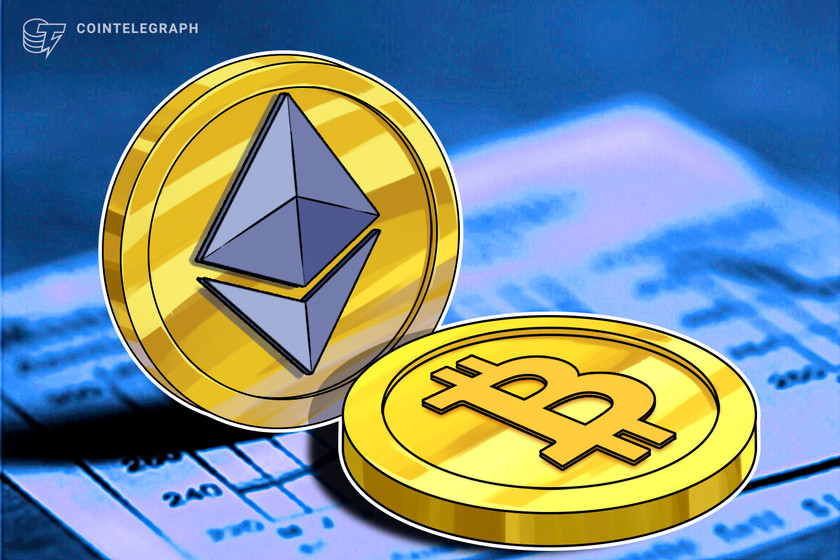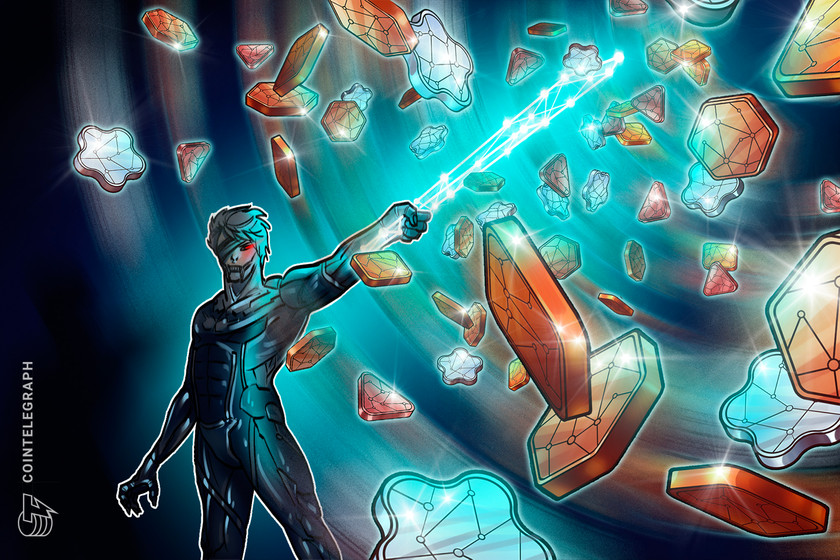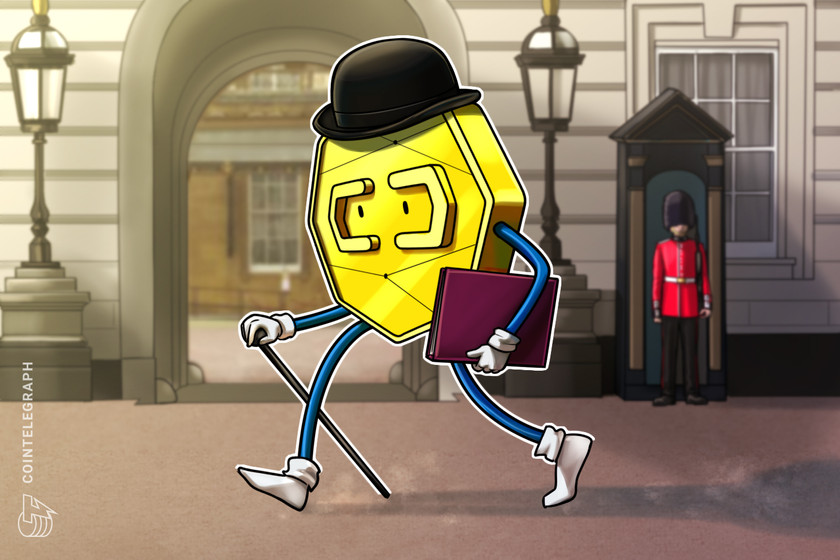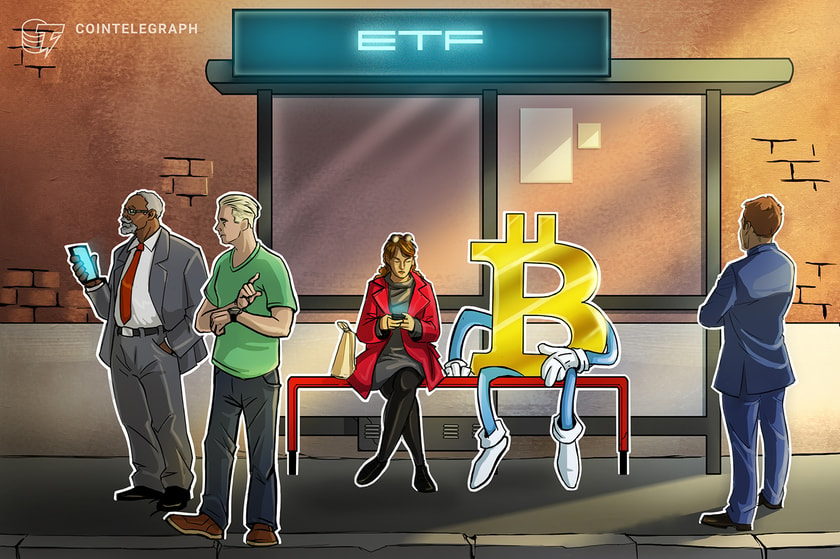The board of the International Organization of Commissions, or IOSCO, recently unveiled a write-up on stablecoins as they may overlap with current market regulations, including securities laws.
Listing several other reports and touchpoints, the IOSCO board pointed toward stablecoin structure in its March 2020 report:
“Ultimately, the applicability of any IOSCO Principles or Standards to global stablecoin proposals, including those similar to the Hypothetical Case Study, will depend on their specific design and their legal and regulatory characteristics and features, which need to be determined on a case-by-case basis, taking into account the domestic legal and regulatory frameworks and approaches in each jurisdiction.”
Stablecoins have surged over the past few years
A digital asset pegged to fiat money, aka cash, or other assets such as gold, stablecoins graced headlines in fall 2018 as exchanges listed a number of these options for customers.
Several months later, mainstream banking giants jumped on board, announcing plans for their own internal stablecoin-like assets, including powerhouse JPMorgan Chase, with its JPM Coin. Stepping up the game further in 2020, central banks across the globe sit in the spotlight as they consider central bank digital currencies (CBDC).
“The term stablecoin is a broad term, which encompasses a variety of different types of assets, including assets that may be considered securities in certain jurisdictions,” the report explained, adding:
“It has no legal or agreed definition itself. Stablecoins are marketed as having less price volatility than other crypto-assets and, it is argued, are more appropriate for certain use cases. Stablecoin initiatives often aim to create a store of value and means of exchange that is global, efficient and accessible.”
The IOSCO board’s report detailed various stablecoin structures, the application of stablecoins to current IOSCO parameters, and the ways in which such assets might affect the governing bodies in charge of securities overwatch.
The IOSCO will hash out current objectives
As part of its Fintech Network, the IOSCO formed a Stablecoin Working Group for contemplating various stablecoin initiatives worldwide, in line with securities governing bodies, the report noted.
“This report is IOSCO’s first published contribution to the ongoing public debate at international organisations and standard-setting bodies on global stablecoin proposals,” the document said, while also calling for comments and discussion on the whole stablecoin situation worldwide as it pertains to regulation.
Amid economic instability surrounding the coronavirus pandemic, the U.S. government has pursued several measures in an attempt to revive the markets, including its own stablecoin of sorts. Recent efforts included a digital U.S. dollar for sending funds to the unbanked population.
Cointelegraph reached out to the IOSCO for additional details, but received no response as of press time. This article will be updated accordingly should a response come in.









